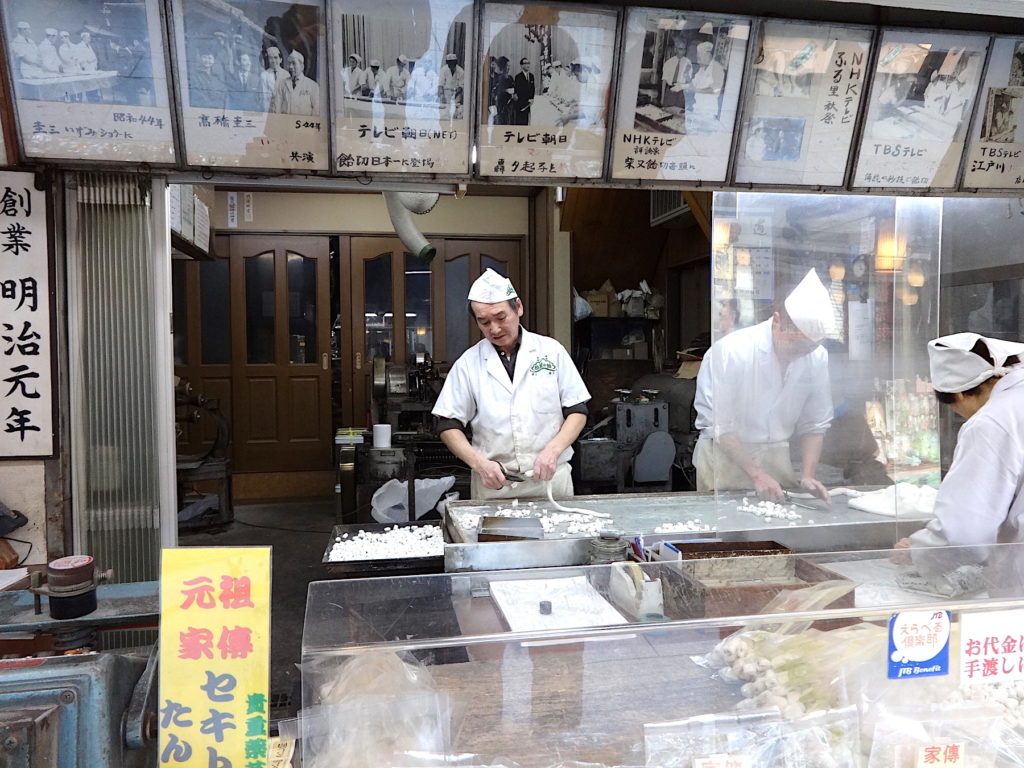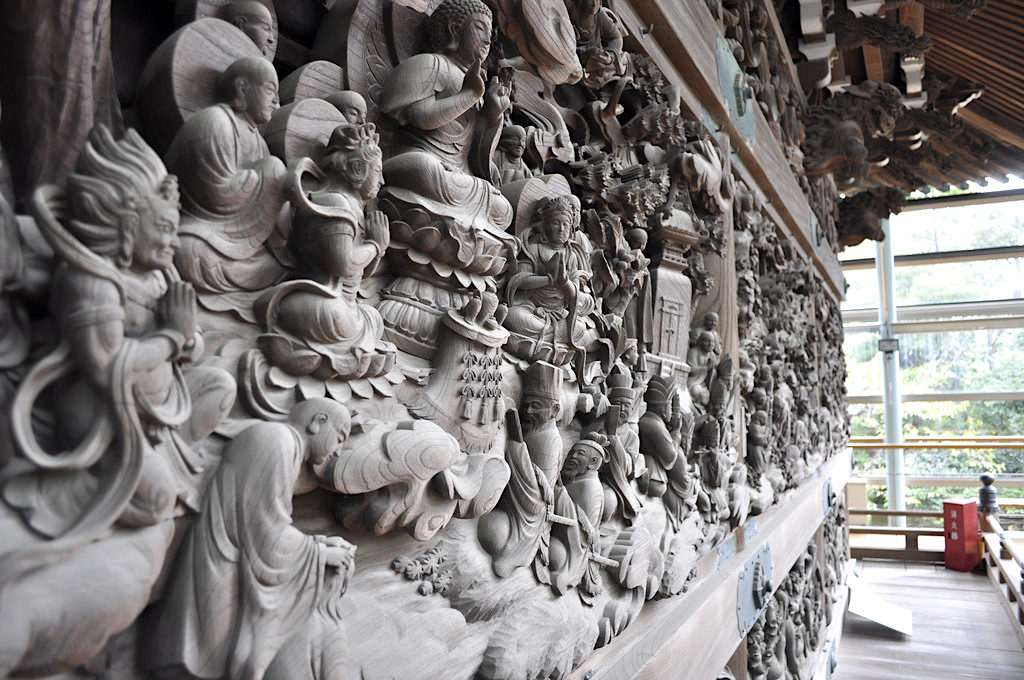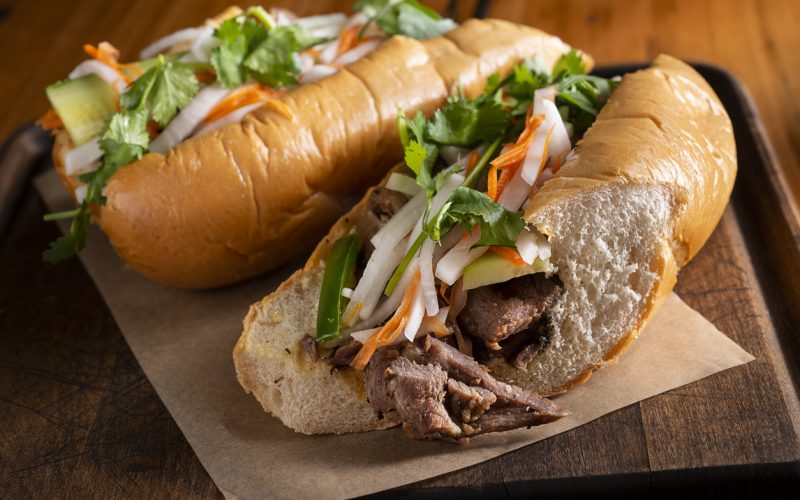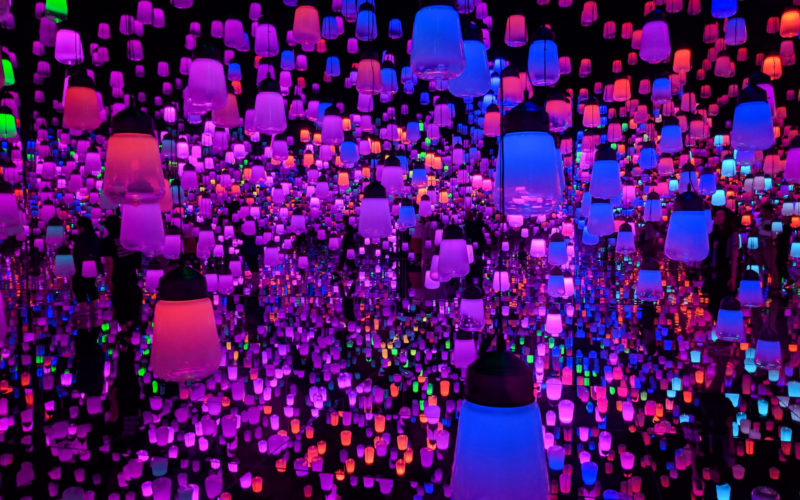Shibamata
The feel-good nostalgia of retro Tokyo.
If Asakusa is where tourists go to experience traditional Japanese culture in Tokyo, where do Tokyoites go to explore their roots? The answer is the old-fashioned town of Shibamata. Located in the northeastern ward of Katsushika on the Edo River, this area is where you go for that nostalgic feel in a big city.
After a quick 30-minute train ride from Asakusa, transport yourself back in time and discover highlights that are all in walking distance from Shibamata station.

Photo by: Wombatarama Old-fashioned candy makers in Shibamata.
The area is immortalized in the popular Otoko wa Tsurai yo (“It’s Tough Being a Man“) film series that holds the Guinness World Record for the longest-running movie series starring a single actor. Affectionately called “Mr. Tora’s town” after the series’ lead character, Shibamata is a reflection of Showa-era Japan. Greeting you at Shibamata station is a bronze statue of the film’s hero.
In fact, Shibamata owes its preservation to the film series. Its last installment was released in 1997 and the entire town is essentially a movie set, virtually unchanged since the first film’s release in 1969.
What to do and see
As you walk down the main promenade lined with senbei (rice cracker) and dango (mochi dumpling) shops, cries of “Natsukashii!” (“It’s so nostalgic!”) from Japanese visitors will no doubt add to the atmosphere. Shibamata is a step back in time and middle-aged and elderly visitors are aplenty, though the area is growing in popularity with the younger generations.

Photo by: Nappa Taishakuten Daikyoji Temple.
At the end of the promenade is Shibamata Taishakuten Daikyoji temple. Constructed in 1629, it is adorned with intricate wood carvings. Near its grounds is Yamamoto Tei, known for its Japanese garden and a grand traditional Japanese home.
From the temple, it’s a 15-minute walk to the Edo, a river where you can ride a yagiri no watashi, (man-powered ferry). It’s the last of its kind in Tokyo and makes for a leisurely and memorable ride.
For an in depth look at the history of Shibamata and post World War II Tokyo, round off your visit to Shibamata with a trip to two museums.
Check out Yoji Yamada Museum, where goers can see the residence of the founder of the Yamamoto Plant, a camera parts manufacturer. Although there is an entrance fee, it allows you to take a shortcut to the Katsushika Shibamata Tora-san Museum. Daytrippers will find a cute museum that holds exhibits dedicated to the actor including costumes, screenplays and videos.
For fun in old Japan, grab lunch and do an afternoon tour of Shibamata.
Dig Japanese history? Read more on where to find historic gems.
Topics: Museums, shibamata, tokyo, tokyo neighborhoods, traditional


